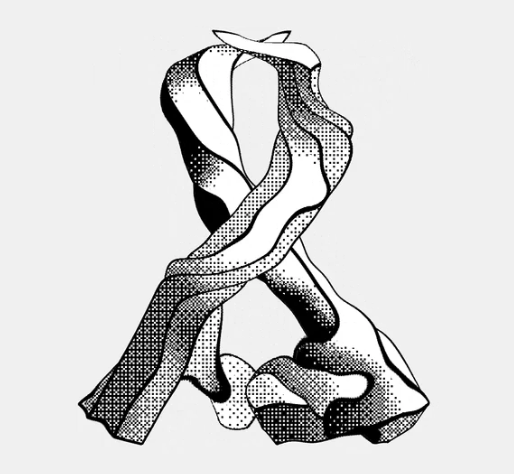

Looked up “cromulent” in the dictionary. Wasn’t disappointed!!


Looked up “cromulent” in the dictionary. Wasn’t disappointed!!


The chances of a deal are said to be weeks away, if not non-existent.
What kind of non-sentence is that?


A couple of ideas:
Holography is often used to record information from the real world, and in that process it’s impossible to record the light’s phase during the encode step. Physicist’s call it “the phase problem” and there are all kinds of fancy tricks to try to get around it when decoding holograms in the computer. If you’re simulating everything from scratch then you have the luxury of recording the phase as well as the amplitude - and this should make decoding much easier as a result!
Adnausium sounds really cool! How similar is it to uBlock in practice? (I don’t want to lose the great performance of uBlock)
This is a cool idea!


Well, here’s a list. If you write a script please share it, but it looks like quite an endeavor…


“Stillness and quiet aren’t the sexiest things, where you can make a lot of money or get a bunch of followers or viewers.”
This article reads like an A.I. wrote it…


Making Sense: Centrist & atheist host talks politics, ethics, philosophy issues with guests.
Huberman Lab: Science-based health advice


Awesome! Thanks!


I hadn’t seen that, thanks!! I was also among those confused when Signal pulled SMS, but now it finally makes sense.
Signal could have done better PR to explain the “why” at the time.


Well, there’s Stash. Here’s a video demoing the main features.
Once you get over laughing you’ll realize that if a person is very serious about organizing their video, this is actually a really great option.


Personally, I’ve used many trackers over the years. I currently use Loop Habit tracker but only for recording the information day-to-day. I periodically export my data in .csv format and merge it with my “long term storage” in a big spreadsheet which contains >10 years of data. I like doing it this way because I like to do statistics on it, plot it, etc. and that’s very easy in .csv format on a computer (I’m a nerd).
Because my “long term storage” is just a simple .csv I don’t need to worry about compatibility between apps. Also, if I lose my phone it’s not a big deal because I’d lose, at the most, a few months.


Here are a couple of ideas:
Thoreau describes the cabin as a single 10 x 15’ room with very few possessions, so there wouldn’t be much to clean. And he spent a significant amount of the book describing cleaning routines. So yeah, I expected no housekeeper for sure.
What’s your source for the housekeeper claim? I tried some internet searching but couldn’t find anything mentioning a housekeeper.
He had a housekeeper?


I use “Yet Another Call Blocker” on F-Droid. Works great.
That’s insane!